Home / Albums / Tag Lighter than Air 20

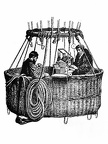 Glaisher and Coxwell
Glaisher and Coxwell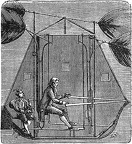 Blanchard’s flying-machine
Blanchard’s flying-machine Charles’ first hydrogen balloon
Charles’ first hydrogen balloon Montgolfier’s experimental balloon
Montgolfier’s experimental balloon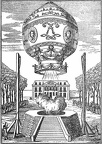 Montgolfier’s passenger balloon
Montgolfier’s passenger balloon The Great Balloon of Nassau
The Great Balloon of Nassau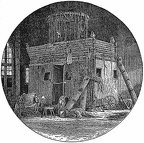 Car of Nadar’s balloon
Car of Nadar’s balloon Diagram of a modern spherical balloon with ripping panel
Diagram of a modern spherical balloon with ripping panel Blanchard’s dirigible balloon, 1784
Blanchard’s dirigible balloon, 1784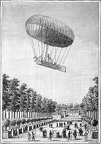 Robert Brothers’ dirigible, 1784
Robert Brothers’ dirigible, 1784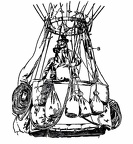 The car of a modern Balloon
The car of a modern Balloon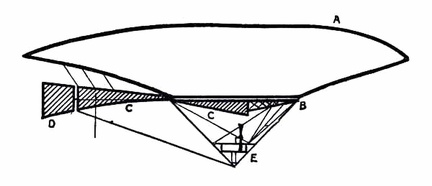 Semi-rigid Airship
Semi-rigid Airship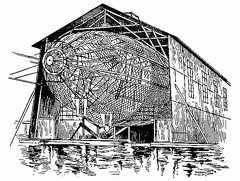 Hull of a Zeppelin during construction
Hull of a Zeppelin during construction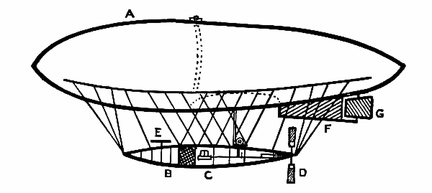 Early-type Airship
Early-type Airship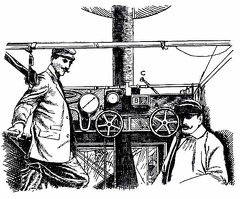 Control platform of an Airship
Control platform of an Airship A modern Balloon
A modern Balloon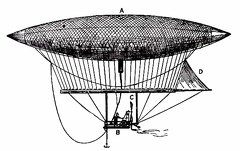 An Experimental Airship
An Experimental Airship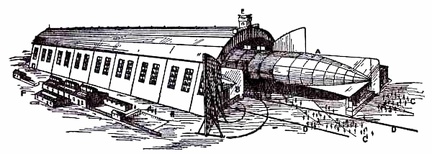 An Airship leaving its shed
An Airship leaving its shed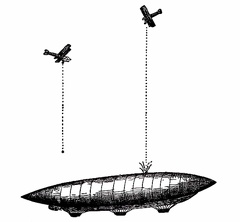 Aeroplanes attacking an airship from above
Aeroplanes attacking an airship from above The ascension of Montgolfier’s balloon
The ascension of Montgolfier’s balloon



